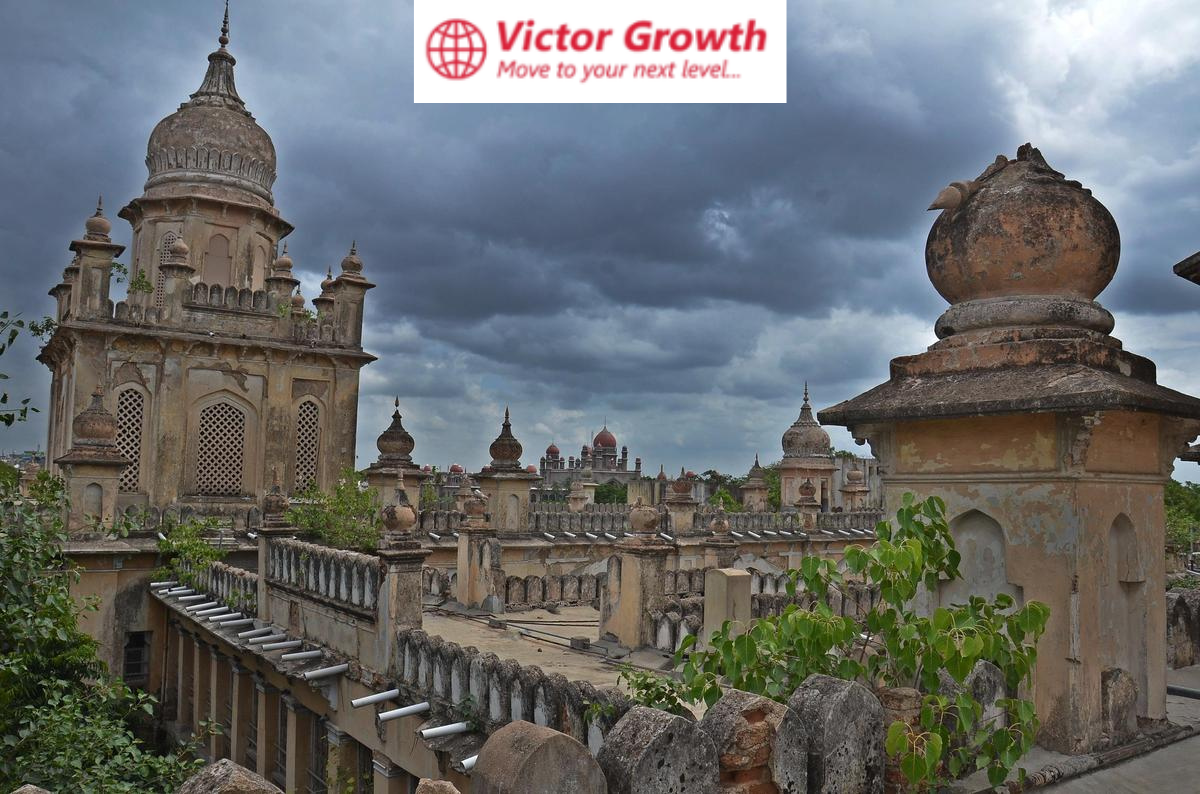Musi River Historic Buildings: A Global Recognition
The World Monuments Fund (WMF) recently included the historic buildings along the Musi River in Hyderabad in its prestigious World Monuments Watch list. This recognition highlights the urgent need for preservation efforts in the face of environmental challenges and urban development pressures. The initiative aligns with local government plans to rejuvenate the river and its heritage structures, aiming to boost tourism and foster community engagement.
World Monuments Watch
The WMF’s biennial programme identifies cultural heritage sites worldwide that are at risk from climate change, neglect, or conflict. This year, the Musi River Historic Buildings were spotlighted among 24 global sites. The programme advocates for heritage preservation by drawing attention to these endangered landmarks.
Architectural Treasures Along the Musi River
Hyderabad’s rich architectural legacy is evident in the historic structures along the Musi River, including:
- Telangana High Court
- State Central Library
- Osmania General Hospital
- British Residency (now Koti Women’s College)
These landmarks reflect Hyderabad’s civic history and architectural grandeur, making them invaluable cultural assets.
Environmental Challenges
The Musi River faces severe pollution and ecological degradation, underscoring the urgency of the WMF’s initiative. Restoring the historic sites along its banks is seen as a way to contribute to environmental conservation and bolster community resilience.
Key Facts About the Musi River
- Location: The Musi River is a key tributary of the Krishna River, flowing through Telangana, India.
- Historical Name: Historically called Muchukunda.
- Connection to Hyderabad: The river flows through Hyderabad, separating the Old City from newer developments.
- Reservoirs: It feeds two artificial lakes, Himayat Sagar and Osman Sagar, which once supplied drinking water to Hyderabad and Secunderabad.
- Origin: The river originates in the Ananthagiri Hills near Vikarabad.
- Flow Path: It flows eastward, turning south at Chittaloor, and merges with the Krishna River at Vadapally in Nalgonda district.
Preservation and Development Initiatives
The Telangana government has announced plans to conserve nearly 12 heritage structures. Restoration efforts are already underway at key sites like the State Central Library and the British Residency, with further redevelopment initiatives spearheaded by the Musi Riverfront Development Corporation Limited (MRDCL).
Funding and Global Support
The WMF has allocated $2 million to support preservation efforts. This funding will enable research, education, and conservation planning in collaboration with local partners. These efforts aim to safeguard Hyderabad’s heritage while creating opportunities for education and cultural tourism.
Community and Private Sector Involvement
The Telangana government is encouraging private firms to participate in the conservation of historic sites. Through adaptive reuse, these efforts aim to maximize community benefits, enhance tourism, and ensure sustainable use of heritage structures.
The Road Ahead
Over the next two years, the WMF will collaborate with local teams to assess the needs of the listed sites and develop strategies for preservation, advocacy, and fundraising. These efforts will ensure the sustainability of Hyderabad’s cultural landmarks, leaving a lasting legacy for future generations.







